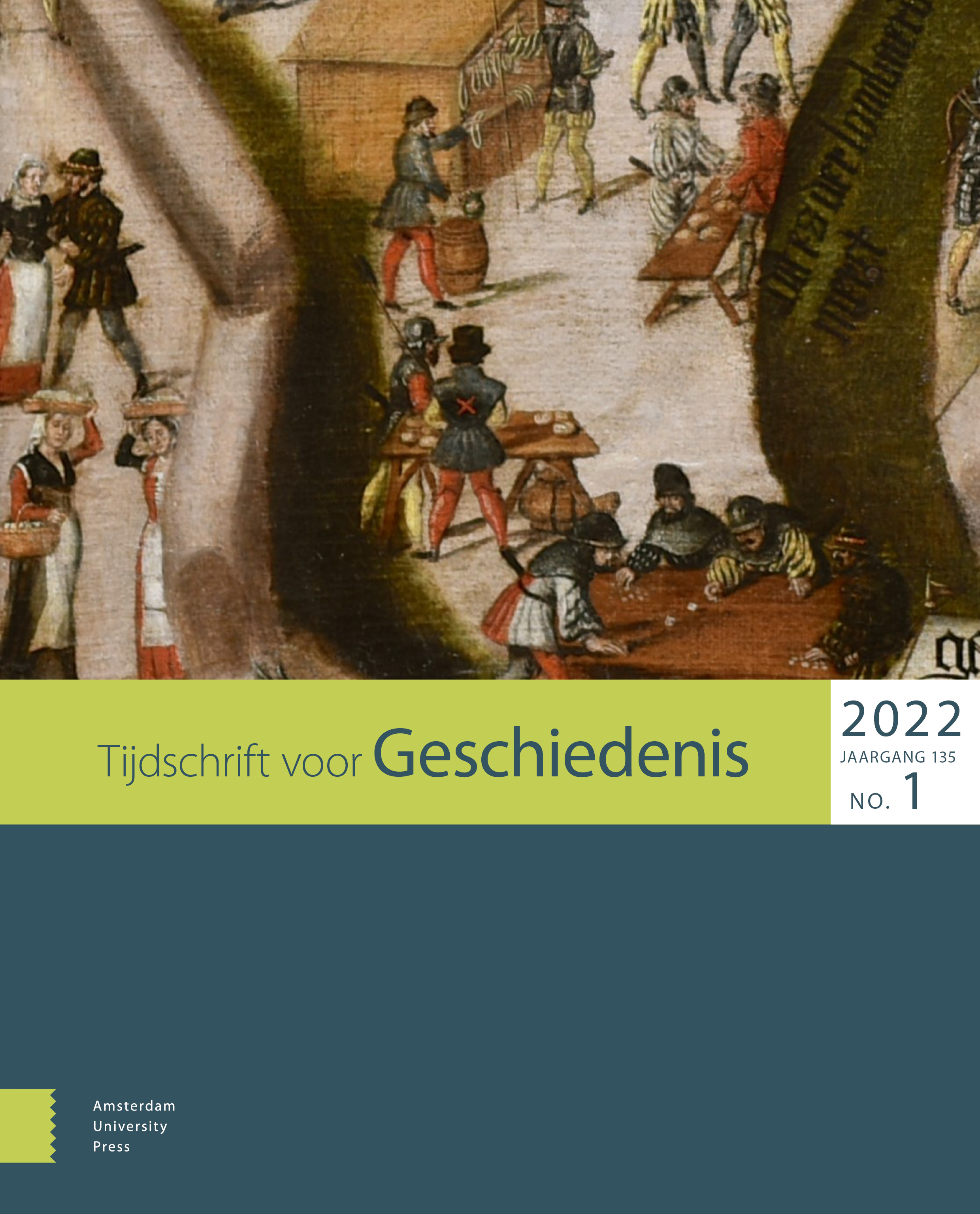-
oa De jaren zestig als kruispunt in de histoire croisée van de Lage Landen
- Amsterdam University Press
- Source: Tijdschrift voor Geschiedenis, Volume 135, Issue 1, Mar 2022, p. 82 - 97
-
- 01 Mar 2022
Abstract
The Sixties as turning point in the histoire croisée of the Low Countries
While comparative and transnational approaches are now dominant historiographical trends, there is currently little interest in an integrated approach to the modern history of Belgium and the Netherlands. This is all the more remarkable, since such an integral approach to the history of the Low Countries prevailed until the 1970s, despite the fact that Pieter Geyl’s ideological programme of a Greater Netherlands had fallen into disrepute. Two recent publications suggest a departure from this trend and re-open the debate on how to write an integrated history of the Low Countries, especially for the period after the constitutional division of 1830. Reflecting on these publications, De Haan argues that there are strong historical commonalities between the Belgium and the Netherlands, and that the historiographical trend of increased attention to national specificities must be interpreted as a reflection of the divided impact of the Sixties in the two countries.


